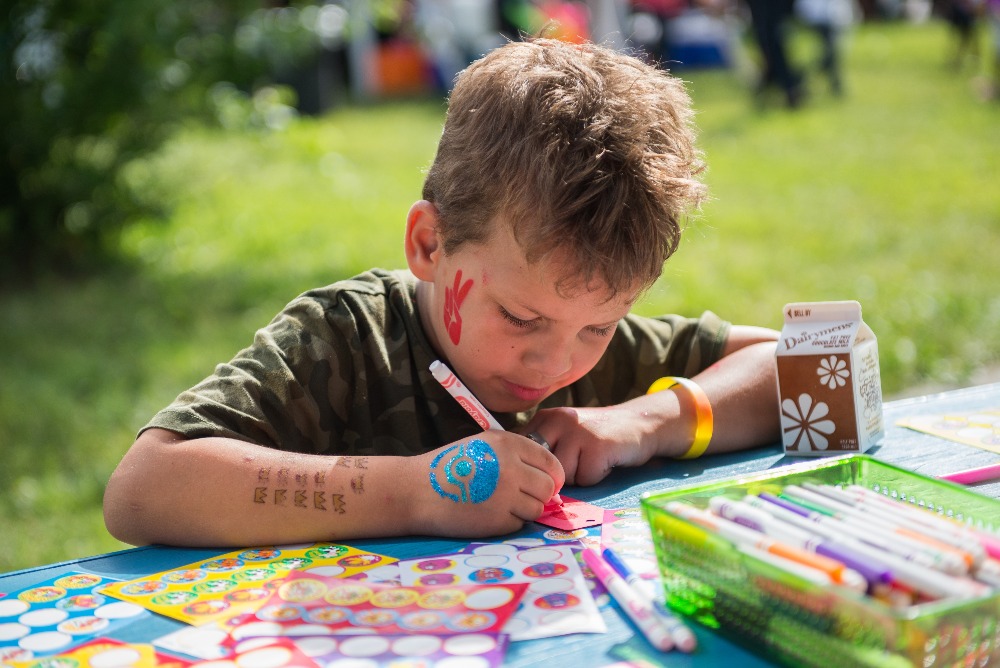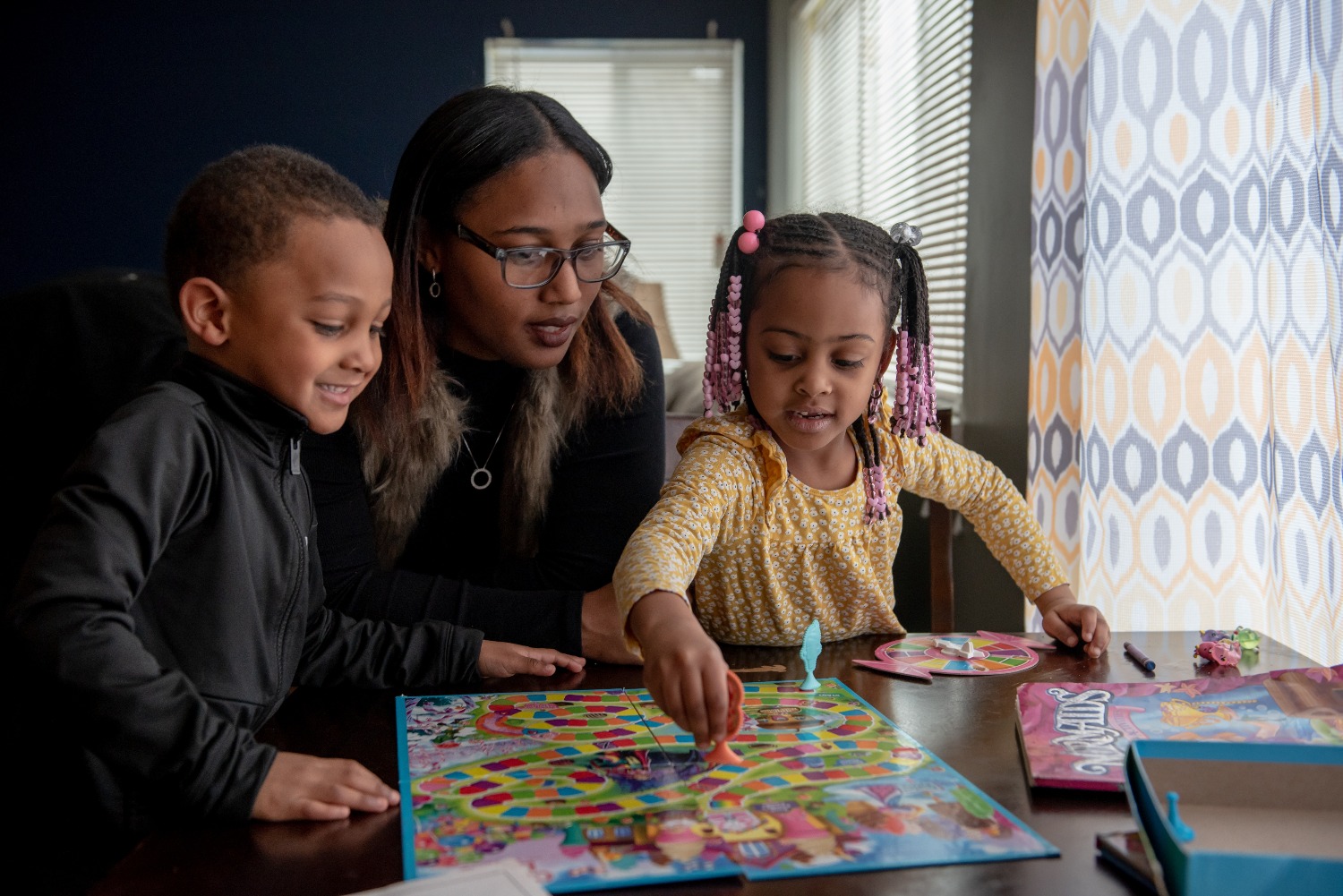
For students, the longer, sunnier days of summer break offer freedom and relaxation.
For parents, the opposite is often true. Summer break comes with an entirely new set of responsibilities, and there are added costs for things like summer programs and weekday lunches.
There’s also pressure to find an assortment of fun and educational activities to guard against the dreaded cries of “I’m sooooo bored.” But students who spend the summer without a focus on high-quality learning risk more than boredom.
By the time students enter ninth grade, two-thirds of the achievement gap can be attributed to summer slide. On average, low-income students lose two to three months each summer in math and reading achievement. Their middle-income peers tend to make gains.
We focus on increasing summer learning as part of our Education work. Every child should have access to quality learning experiences during summer break.

Raising the stakes
“It is critical to keep kids safe, healthy and engaged in learning during the summer months,” said Tammie Jones, vice president of education at United Way for Southeastern Michigan.
The impact of summer slide persists and widens over time, affecting the more than 150,000 school-aged children who live below the poverty line in Wayne, Oakland and Macomb counties.
These challenges will be magnified under new Michigan legislation which takes effect this fall. Students will be required to repeat third grade if they fail to achieve grade-level reading proficiency. This stands to create chaos for schools and families alike.
The end of third grade is also a critical inflection point for students as school instruction moves from learning to read to reading to learn. Students who don’t reach reading proficiency by the end of third grade are four times more likely to drop out of school.
While the stakes are higher than ever, there are plenty of ways to incorporate learning and still ensure a fun-filled summer. Here are three ways to prevent summer slide:
Find the right fit
Summer programs offer a variety of content — from science to performing arts, nature studies and sports.
In 2018, we launched Summer Spark, an easy-to-use program navigator where parents can find summer programs that best meet the needs and interests of their families.
Working with the Youth Development Resource Center, we’re connecting youth with hands-on experiences that boost self-confidence, develop critical thinking skills and build connections with caring adults.
Nina Bailey used Summer Spark to find a camp that both her sons – ages 6 and 12 – could enjoy.
“If it was up to them, they’d be perfectly content in front of computer screens and video screens all summer,” Nina said. “But instead I was able to send them to a great camp where they could explore their interests like arts and crafts for my younger son and basketball for my older one.”
Using the detailed search functions available on the site, she could accommodate her schedule and budget.
“I was able to find free options and programs that had scholarships available,” Nina said. “I loved it because it was in a convenient location and the staff was unbelievably helpful.”

Engage at home
One of Tammie’s most memorable summer experiences wasn’t at a camp, but at home.
While living in Delaware at the age of 8, she teamed up with a friend to observe swans in an area pond. The pair created a project that was then displayed at the local library.
“I loved swans and I was really proud of that project and thankful for the support from the adults,” she said.
With that in mind, Tammie encourages others to explore their interests and make the most of time at home during the summer. She suggests incorporating games like Eye Spy or making a trip to the grocery store more entertaining by challenging your child to find items that begin with a certain letter.
Trips to the library are also a good way to put an educational spin on family time and cultivate lifetime learners.

Capitalize on the six Cs
Summer is the perfect time to expand learning beyond the classroom basics and encourage curiosity.
“Yes, content is important, but it’s also crucial to create what I like to call a conspiracy of care where you focus on nourishing the whole child,” Tammie said. “That’s how you create that spark for learning.”
Tammie references the book “Becoming Brilliant,” saying parents become agents of change for children’s success when they nurture six critical skills: collaboration, communication, content, critical thinking, creative innovation and confidence.
These skills will be important components of the jobs of the future. Developing an appreciation for flexibility will also be key as technology continues to evolve at a record pace.
“Summer is all about being creative in growing students’ learning,” Tammie said. “During the school year there are lesson plans and strict schedules to adhere to, so take advantage of that summer flexibility while you can.”
To find a summer program for your child, visit SummerSparkSEM.org.